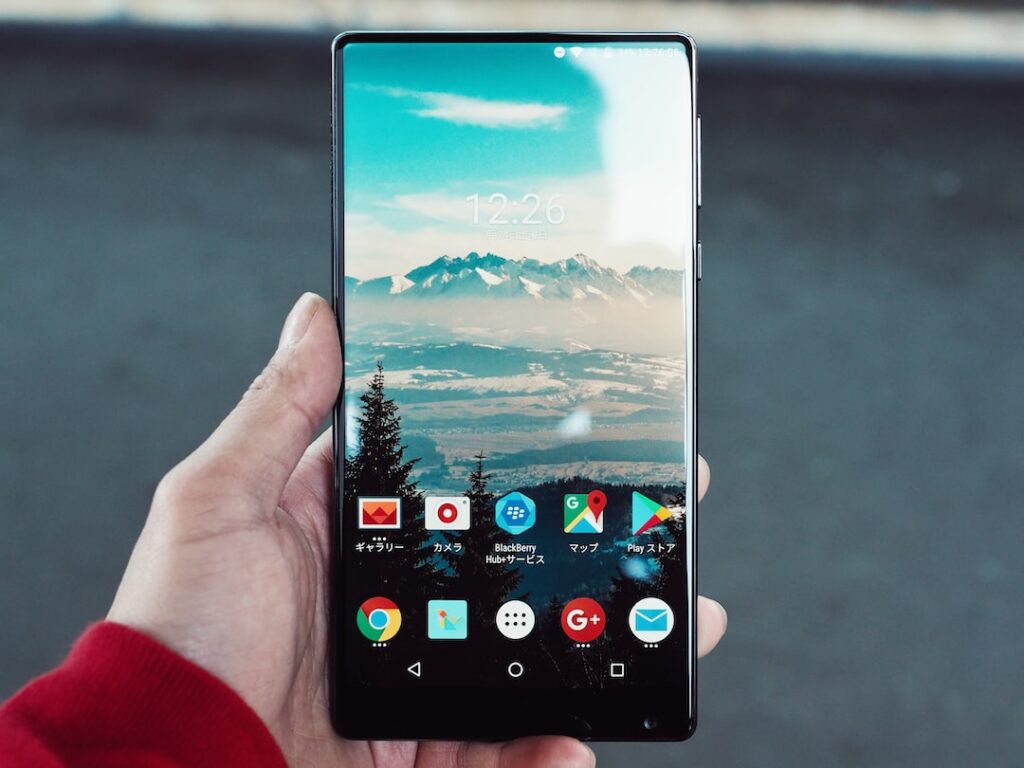The Android Algorithm: Understanding the True You
In this digital age, our smartphones have become an extension of ourselves. From our daily schedules to our personal interests, our phones hold an incredible amount of personal data. With the Android algorithm constantly learning and evolving, it’s important to understand how much it truly knows about us.
Unveiling the Android Algorithm
Did you know that the Android algorithm processes over 40,000 search queries every second on average, which translates to over 3.5 billion searches per day and 1.2 trillion searches per year worldwide? This astonishing statistic highlights the sheer magnitude of data that the Android algorithm processes daily, aiming to understand users’ behavior and preferences with precision.
As we scroll through our social media feeds, search for nearby restaurants, or chat with friends, the Android algorithm quietly observes and records our every move. It analyzes our interactions, tracks our location, and deciphers our online behavior to build a comprehensive profile of who we are and what we want.
The Personalization Powerhouse
The Android algorithm isn’t just a bystander in our digital lives. It actively personalizes our experiences by recommending tailored content, predicting our next search, and even anticipating what we need before we realize it ourselves. This level of personalization is made possible by leveraging machine learning and artificial intelligence to unravel the intricacies of human behavior.
By understanding our preferences, the Android algorithm creates a seamless and intuitive user experience, offering us what we want, often before we even articulate it. Whether it’s suggesting the perfect playlist for a morning run or presenting articles on our favorite hobbies, the algorithm is constantly working behind the scenes to make our lives easier and more enjoyable.
The Ethical Conundrum
With such detailed insights into our lives, concerns about privacy and data security naturally arise. It’s crucial for users to be aware of the data that is being collected and how it is being used. In response to these concerns, Google has implemented robust privacy controls, allowing users to manage their data and control the extent to which the Android algorithm personalizes their experience.
While the Android algorithm aims to enhance our daily lives, it’s vital to maintain a balance between personalization and privacy. Understanding how the algorithm operates and taking control of our data empowers us to make informed decisions about our digital footprint.
Embracing the Android Algorithm in Your Daily Life
So, how can you make the most of the Android algorithm while maintaining your privacy and security? Here are some practical tips for integrating the algorithm into your daily life:
1. Leverage Personalized Recommendations
Take advantage of the tailored recommendations presented to you. Whether it’s discovering new music, exploring nearby events, or finding relevant news articles, let the algorithm introduce you to new and exciting content.
2. Explore Customized Services
Embrace personalized services such as targeted fitness routines, customized news briefings, or location-based reminders. By allowing the algorithm to understand your preferences, you can enjoy a more streamlined and efficient day-to-day experience.
3. Review Privacy Settings
Regularly review and adjust your privacy settings to ensure that you’re comfortable with the data being collected. Understand the trade-offs between personalization and privacy, and configure your settings accordingly.
4. Stay Informed
Keep yourself informed about the latest updates and features related to data privacy and personalization settings. By staying up to date, you can actively participate in shaping your digital experience.
In Conclusion
The Android algorithm is a powerful tool that can significantly enrich our digital lives. By understanding its capabilities, leveraging personalized recommendations, and being mindful of our privacy settings, we can benefit from a tailored and intuitive user experience while maintaining control over our personal data. Ultimately, striking a balance between personalization and privacy empowers us to make the most of the Android algorithm while safeguarding our digital well-being.












